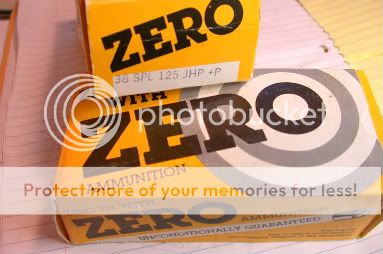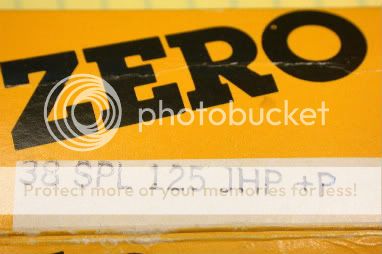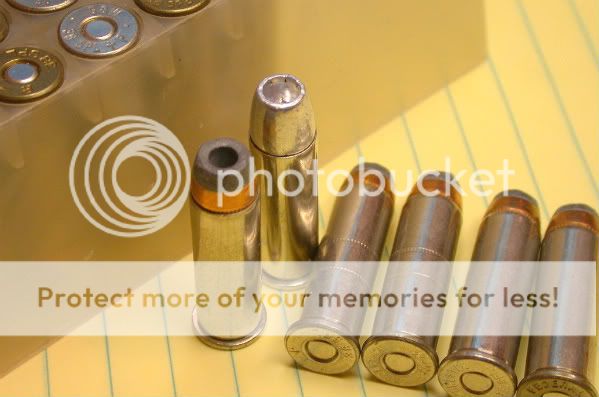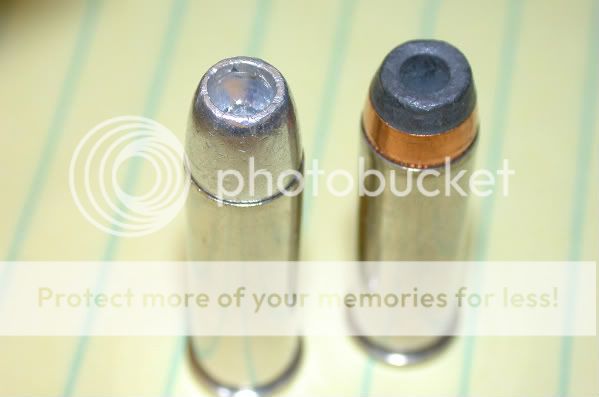.




LOST, BUT NOT FORGOTTEN !
As what generally happens in my walk through life is this . . . When I can’t find something, many times it wont turn up until I’m looking for something else! Happens all too often. Well when we moved into our new digs I couldn’t seem to come across all the ammo that I thought I had so of course I figured I had used it up and never realized it.
I went looking through a box of tools yesterday for a particular item when what do I spy in the very bottom of the box? You guessed it, my lost ammo! There was my own reloaded 38 special, HBWC’s about 250 cartridges. About a half box of 45 SWC. There was also about 40, 357 magnums but the info slip was missing from that container and they had LSWC’s for bullets. I only hope I didn’t load them hot or I’m going to have some extra lead to clean from the rifling if I did.
I went looking through a box of tools yesterday for a particular item when what do I spy in the very bottom of the box? You guessed it, my lost ammo! There was my own reloaded 38 special, HBWC’s about 250 cartridges. About a half box of 45 SWC. There was also about 40, 357 magnums but the info slip was missing from that container and they had LSWC’s for bullets. I only hope I didn’t load them hot or I’m going to have some extra lead to clean from the rifling if I did.


There were a couple yellow boxes there also, I’m pleased to say, they were “Zero” remanufactured 38 special+P hollow-point ammo. Well I have a question, within the last couple weeks I’ve read that if you reload to a (+P) power you should use only +P casings because the manufacturer makes the webbing thicker on their +P's thereby making the casings stronger for the higher power. Is this correct? The Zero casings are 75% standard and 25% +P casings so does that mean that Zero may be loaded a tad less powder than a +P is supposed to have, or perhaps they don’t believe +P casings are any stronger?

The Zero reloaded (remanufactured) ammo also had one odd duck tucked in there also. It was an aluminum jacketed hollow-point! What happened, did they run out of the other bullets and threw that in to fill the box? I never shot or reloaded that kind of bullet before so it had to come with the others don’t you think?

The ammo that I reloaded that had the info tag in the box said I loaded them in 1990 and the Zero ammo has to be at least that old because I almost completely stopped buying ammo once I started reloading, 22 and shotgun not included. That’s it folks, nothing earthshaking but I thought I’d just throw it out there to see what you think.

![Smile [smile] [smile]](/xen/styles/default/xenforo/smilies.vb/001.gif)


![Roll Eyes [rolleyes] [rolleyes]](/xen/styles/default/xenforo/smilies.vb/042.gif)
